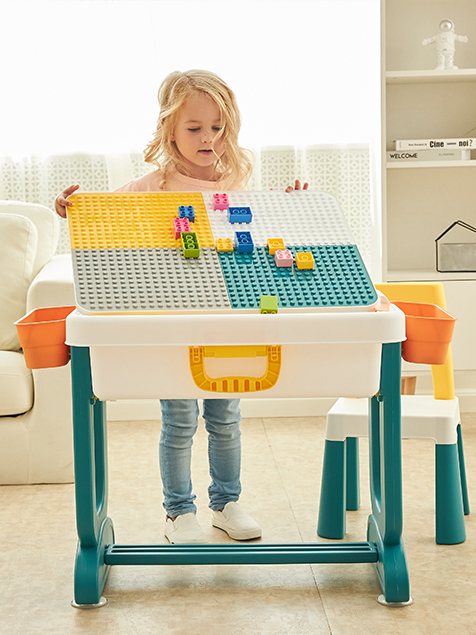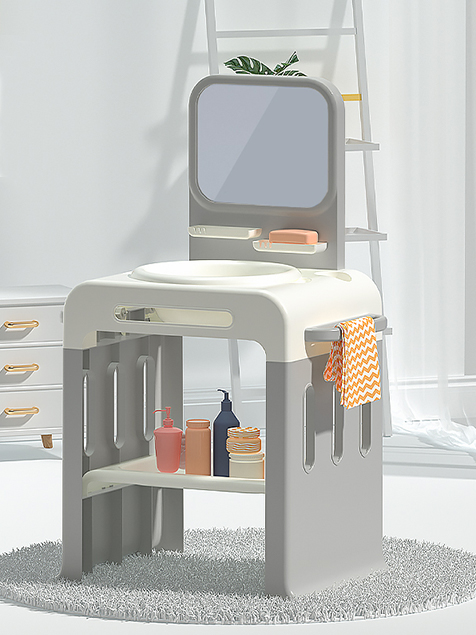Baby wash basins play a vital role in infant care, providing a safe and comfortable environment for bathing and grooming. The production of these essential items demands precision, quality, and attention to detail. However, like any manufacturing process, challenges can arise that impact the final product's safety, functionality, and aesthetics.
Choosing the right materials for baby wash basins is of paramount importance. Inferior or unsafe materials can pose health risks to infants. Potential problems include selecting materials that contain harmful chemicals, lack appropriate certifications, or do not meet safety standards. To overcome this challenge, manufacturers should prioritize using safe, non-toxic materials that have been tested and approved for use in baby products.
Design flaws can impact the functionality and user-friendliness of baby wash basins. These flaws may include improper drainage, uncomfortable contours, or inadequate support for the baby. Addressing design flaws requires a comprehensive design and testing phase to ensure that the wash basin provides a safe, comfortable, and efficient bathing experience for both the baby and the caregiver.
Ensuring consistent quality throughout the production process is crucial. Inadequate quality control measures can lead to variations in dimensions, durability issues, or defects that affect the appearance and performance of the baby wash basins. Manufacturers must implement rigorous quality control processes, including regular inspections and testing, to identify and rectify any quality-related issues.
Baby wash basins are subject to frequent use, and weak seams and joints can compromise their structural integrity. Problems such as leaks or breakages can occur if the seams and joints are not properly reinforced. Employing robust bonding methods and high-quality materials is essential to ensure that the wash basin can withstand the stresses of everyday use.
The surface finish of baby wash basins should be smooth, hygienic, and free from defects. Uneven surfaces, rough edges, or inconsistent coloration can impact both the aesthetics and the ease of cleaning. Manufacturers must prioritize achieving a flawless surface finish that enhances the overall appearance and cleanliness of the wash basin.
Ergonomics is crucial in baby product design, as the comfort and safety of the baby are top priorities. Producing baby wash basins with improper ergonomics can lead to discomfort for the baby during bathing and difficulties for the caregiver. Manufacturers should conduct thorough testing to ensure that the basin's shape, depth, and contours provide a comfortable and secure environment for the baby.
The final stages of production, including packaging and shipping, can introduce their own set of challenges. Inadequate packaging can result in damage during transit, leading to scratched surfaces, cracked parts, or other defects. Manufacturers need to invest in suitable packaging materials and methods that protect the baby wash basins from potential damage during transportation.
Producing baby wash basins is a responsibility that requires a meticulous approach to ensure the safety, quality, and functionality of the final product. Collaborative efforts between designers, engineers, quality control teams, and manufacturing experts are essential to navigate these challenges successfully and provide caregivers with reliable and trustworthy products for the care of their little ones.

 English
English Español
Español


